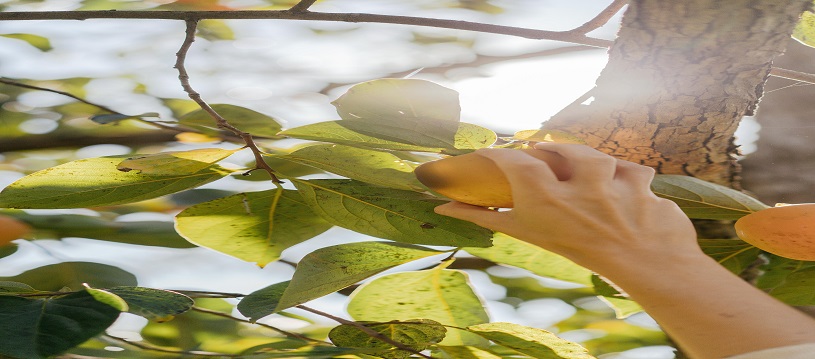Georgia, also known as the Peach State, is not only famous for its peaches but also for its sweet and juicy watermelons. In fact, Georgia is one of the top producers of watermelons in the United States, and the state’s favorable climate and fertile soil make it an ideal place for growing this delicious fruit.
Watermelon is a staple in Georgia during the summer months, and it is enjoyed by people of all ages. Whether you are looking for a refreshing snack or a healthy dessert, watermelon is the perfect choice. In this article, we will explore the history of watermelon in Georgia, the varieties of watermelon grown in the state, and some of the health benefits of this delicious fruit.
History of Watermelon in Georgia
Watermelon has a long and fascinating history in Georgia. According to historical records, watermelon was first introduced to the state by African slaves in the 16th century. These slaves brought the seeds of the fruit with them from Africa and planted them in the fertile soil of Georgia. Over time, watermelon became an important part of the state’s agriculture, and Georgia became one of the top producers of watermelons in the country.
Today, watermelon is still an important crop in Georgia, and the state produces over 1,000,000,000 pounds of watermelon each year. The watermelon harvest typically takes place from June to August, and during this time, the state is filled with the sweet aroma of ripe watermelons.
Varieties of Watermelon Grown in Georgia
There are several varieties of watermelon grown in Georgia, each with its own unique flavor and texture. Some of the most popular varieties include:
Crimson Sweet: This variety is one of the most commonly grown watermelons in Georgia. It has a bright red flesh and a sweet, juicy flavor.
Charleston Gray: This variety has a tough, gray-green rind and a sweet, juicy flesh. It is often used for making watermelon juice.
Sugar Baby: This variety is small and round, with a dark green rind and a sweet, red flesh. It is often used for making watermelon salads and desserts.
Jubilee: This variety has a thick, green rind and a sweet, juicy flesh. It is often used for making watermelon juice and other beverages.
Health Benefits of Watermelon
Watermelon is not only delicious, but it is also packed with health benefits. Here are some of the reasons why you should consider adding watermelon to your diet:
Hydration: Watermelon is over 90% water, making it an excellent choice for staying hydrated during the hot summer months.
Nutrients: Watermelon is rich in vitamins A and C, as well as potassium and magnesium. These nutrients are essential for maintaining good health and preventing disease.
Anti-inflammatory properties: Watermelon contains compounds that have anti-inflammatory properties, which can help reduce the risk of chronic diseases such as heart disease and cancer.
Digestive health: Watermelon is high in fiber, which can help improve digestive health and prevent constipation.
In Georgia is not only famous for its peaches, but also for its sweet and juicy watermelons. Watermelon has a long and fascinating history in the state, and it is still an important crop today. With its delicious flavor and numerous health benefits, watermelon is the perfect choice for staying hydrated and healthy during the hot summer months. So the next time you are in Georgia, be sure to try some of the state’s famous watermelons – you won’t be disappointed!






